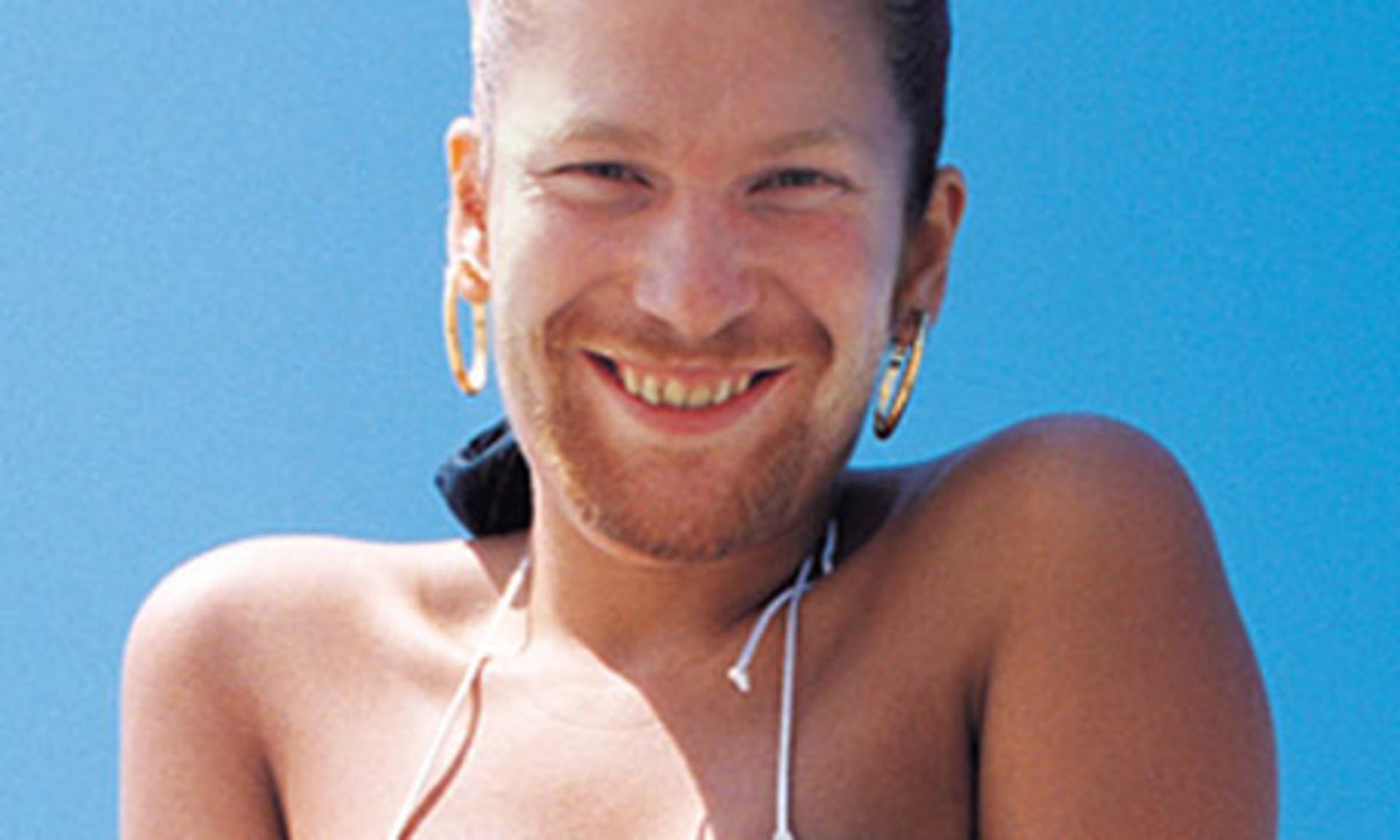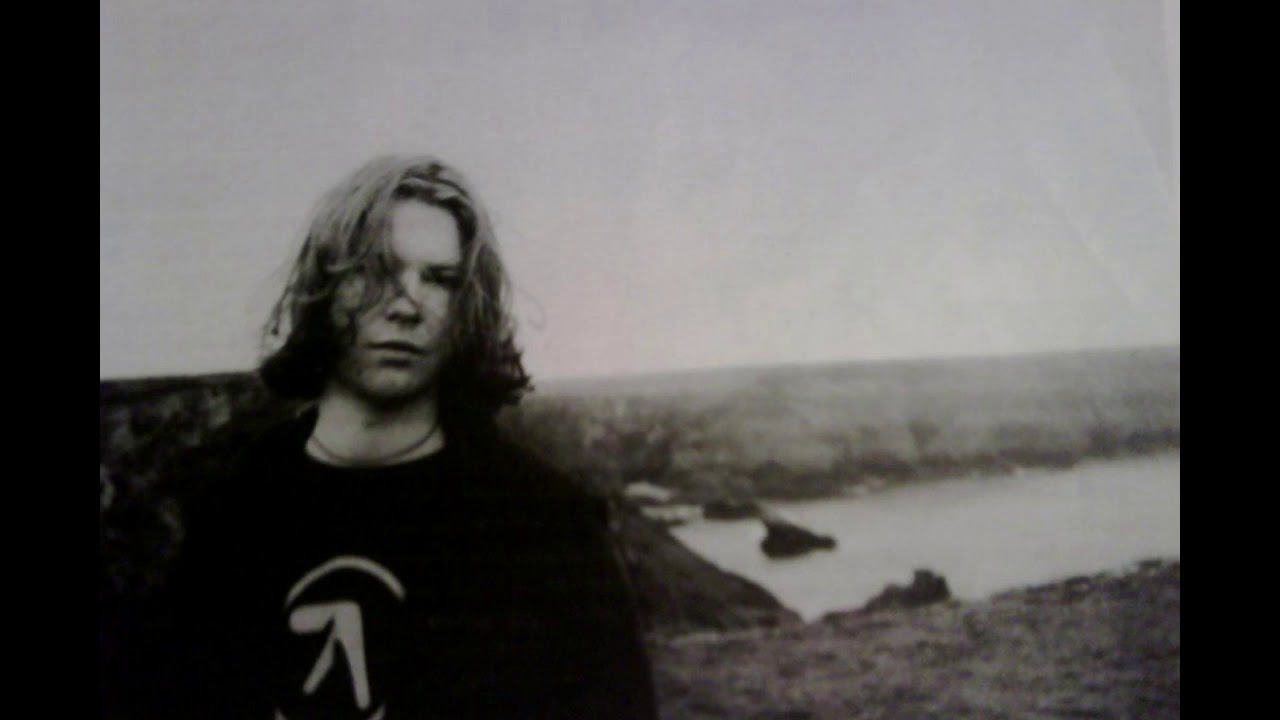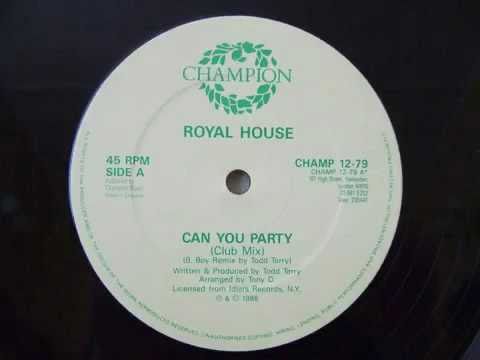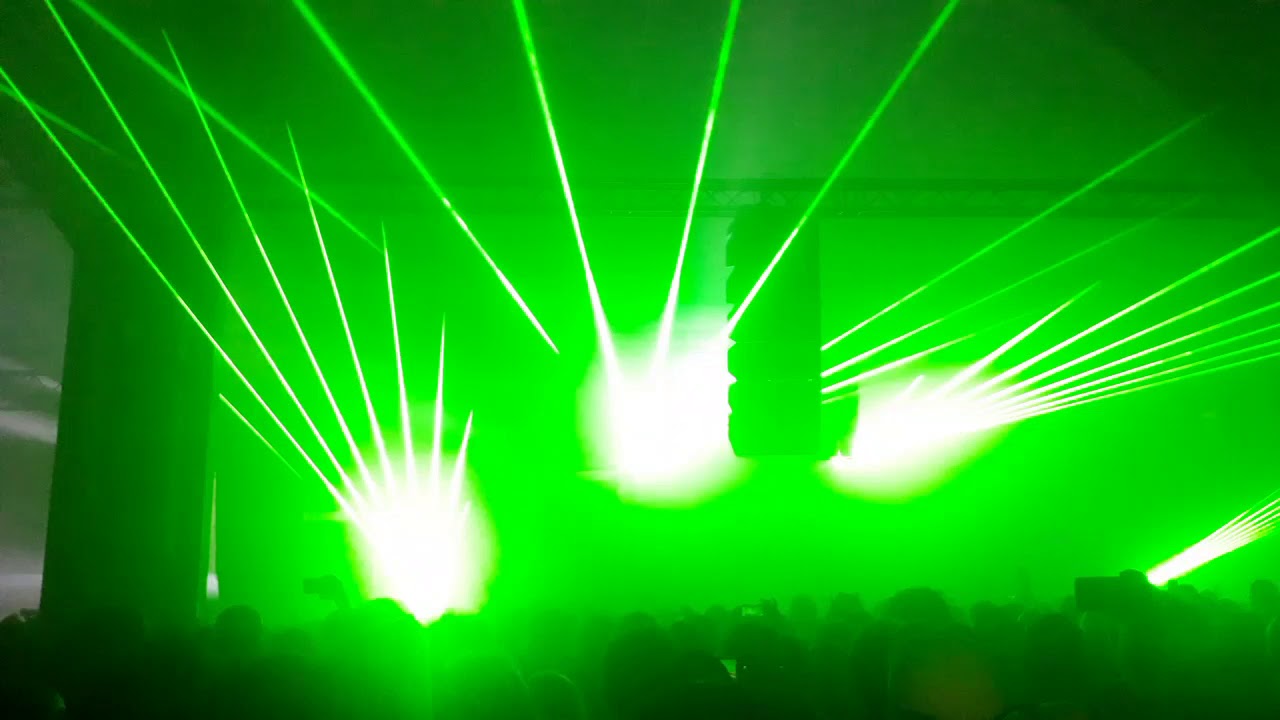
Aphex Twin’s Show At Funkhaus Was Everything We Hoped It Would Be
For Richard D. James (a.k.a. Aphex Twin), last night’s show in Berlin was a return. Not just a return to Berlin, where he hadn’t played for over a decade. But it was also a return to Funkhaus. Rewind back to 1992: A young Richard D. James visited Funkhaus for the first—and probably the last—time. The former GDR broadcasting center was still active, and RDJ and his tour manager were waiting to be interviewed by Marusha on her notorious Dancehall radio show on the now defunct former east German youth program DT64 to promote his set at Tresor, which was then a still somewhat new Berlin club at the time.
Video games were played, jokes were cracked and the general atmosphere was rather understated. This is what Johnnie Stieler, one of the three founders of Tresor who was also present, remembered on his Facebook account a couple of days before Aphex Twin took the stage at Funkhaus’ massive cavernous Shedhalle around 11 PM yesterday evening.
That anecdote was spinning in my head when I arrived at Funkhaus around 8 PM. Did he remember that interview or the show at Tresor? The frenzied hype and anticipation in the run up to Aphex Twin’s first Berlin show since 2003—especially on social media—had been relentless. It peaked when the special guests, Dopplereffekt, Luca Lozano, Paradox, Luke Vibert and Skee Mask, were announced a month prior to the show. Most of the heated discussions centered around the show’s chunky price tag (€70) and if RDJ would play a “real” live set, “only” a DJ-set or a hybrid of both. (It was, in fact, a hybrid set.)
https://www.youtube.com/watch?v=k9nphjpnIsc
When I entered Shedhalle, Reel By Reel’s “Surkit” blasted out of the speakers. Considering the surprisingly timid volume and overall bassless sound, “blasting” might be the wrong way to put it. It was one of the last tracks played by Klasse Wrecks label boss Luca Lozano during his opening set. While Shedhalle was quickly filling-up, Dopplereffekt’s Gerald Donald and Michaela To-Nhan Bertel played their surgical techno and electro variations. By then the volume had increased, but for all the stacks of speakers that were hanging all over the place, it still sounded quite reserved.
Next up was original drum funk b-boy Paradox; he immediately shifted the mood away from Dopplereffekt’s stark techno abstractions. The change in energy could be felt when the first wave of amen breaks washed over the crowd. Paradox took to the mic throughout his set to crack jokes and announce track names. Surprisingly, the intricate drum programming and bare bones sound that I typically love in a DJ set felt a bit exhausting to me at times. Nevertheless, halfway through, you could see parts of the dance floor moving for the first time of the night.
Then it was time for Aphex Twin. Theoretically. He began with a drawn-out intro that mixed ambient soundscapes, samples from old movies and various bleeps. As the intro continued to play for what seemed like an unintended period of time, technicians rummaged around the stage with flashlights. Did they have technical difficulties? When Aphex Twin’s iconic logo appeared for the first time, screams of excitement could be heard echoing throughout Shedhalle. And just before all the nervous anticipation could turn into impatience, Aphex Twin started his set for real. After twenty minutes of abstract build-up, he set the tone with Royal House’s classic “Can You Party?”. It was time to rave.
From there he ploughed through fast-paced techno, acid squelches, breakbeats and power electronics. He played a number of his classics, like “Elephant Song” and “Vordhosbn”, but also more out-there and obscure ‘90s tracks from Current Value and Madonna 303. He changed genre and tempo every few minutes—his shifts matched by intense strobing and laser array buckshot. For his visuals he used his now trademark face mapping technology to create wildly disorienting effects.
Halfway through his set, he went from 140 bpm to 180 bpm industrial strength hardcore techno in the span of mere minutes. Heavy distorted kicks merged with full-speed drum and bass. James had shifted Shedhalle into full-on rave mode. As I walked around the gallery, where there was more space, I saw enraptured closed-eyed dancers surf these waves of intensity as they blasted out of the speakers.
Then came the cathartic grand finale: An accumulation of noise and sonic shrapnel, time-stretched and bit-crushed into oblivion. As this wall of sound built itself up into a deafening roar, you could occasionally hear people’s ecstatic screams and cheers pierce through it. Unsurprisingly, when the music stopped, the place erupted. As expected, it felt like a challenge to follow after this 90-minute rollercoaster ride. Parts of the audience moved out into the cold. Judging by the faces of the people I saw, there was an equal amount of bliss and confusion about what had just happened. A little later a friend of mine ecstatically said something about having just witnessed the essence of rave, while another seemed bewildered. They were having a hard time digesting what they had just experienced.
Luke Vibert started his set with Kraftwerk’s “Numbers”. I felt happily worn out. I knew then that I wouldn’t last much longer. Richard D. James’ return to Funkhaus ticked all the boxes. It was as memorable as his first appearance at Nalepastraße back in 1992 was understated.
Read more: Aphex Twin’s entire discography can now be streamed for free online
Published November 02, 2018. Words by Sven von Thülen.




